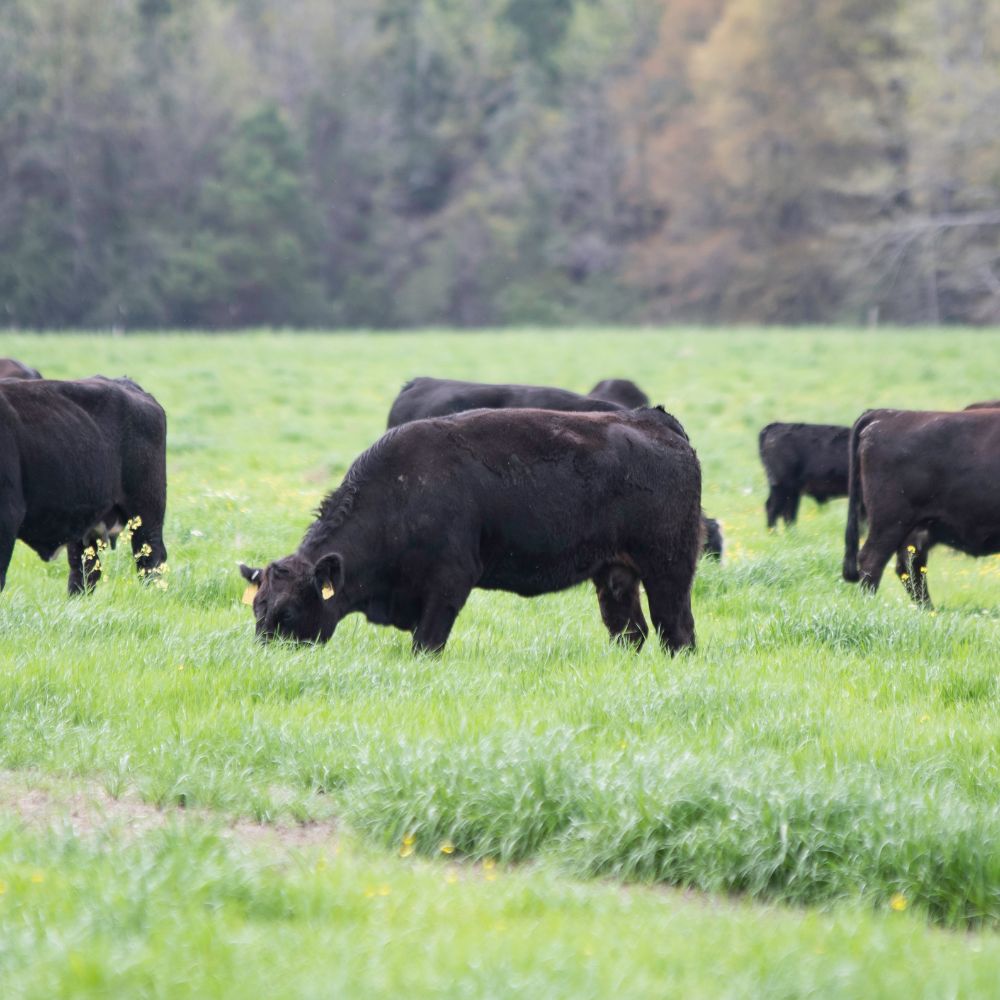Fascination About Bagley Risk Management
The 3-Minute Rule for Bagley Risk Management
Table of ContentsBagley Risk Management for DummiesThe 7-Minute Rule for Bagley Risk Management6 Simple Techniques For Bagley Risk ManagementThe smart Trick of Bagley Risk Management That Nobody is DiscussingNot known Details About Bagley Risk Management
This method, if prices do drop below that break-even point by the end day, policyholders are secured versus a loss. This is very similar to the method feedlots operate, though they utilize a traditional hedge. When a herdsman contracts their cattle with a barnyard, they hedge those cattle to secure in the profit point.This will be offset by the raised worth of the cattle., herdsmans protect against a drop in the futures board, yet don't lose out on the greater return when costs go up.
They do this by choosing a lower percent of the projected finishing worth - Rma LRP. This is a fantastic technique for those searching for lower premium prices or who have a higher risk resistance as a result of solid financial health and wellness. This method might not secure productivity, but it can shield versus severe market declines
There is not a great deal of defense or insurance coverage on a month-to-month basis, however if there is a severe crash, producers have the tranquility of mind that comes from recognizing they will only be responsible for a specific quantity out of pocket. Just bear in mind, really hope for the ideal but plan for the worst.
The smart Trick of Bagley Risk Management That Nobody is Discussing

Feeder cattle can be covered up to a 900-pound expected end weight and fed livestock can be covered up to a 1,400-pound end weight. With several weight courses to select from, it is feasible to cover pets via the barnyard to the packer rail.
Applications can take numerous days to procedure and simply filling up one out does not secure the candidate into a policy. As soon as the application is accepted and all set, the LRP recommendation, with its end day and predicted ending value, can be secured rapidly. This enables breeders to cover calf bones when the rate is best for their market danger management objectives.
Photo Politeness USDA-NRCS Costs for calves, feeder cattle and completed livestock have established some new documents this loss and early winter months. A combination of circumstances has sped up these historic costs. There is presently a great deal of mindful optimism for cow-calf manufacturers as they take a look at the future.
Excitement About Bagley Risk Management

There are some benefits to manufacturers in using LRP insurance as compared to a traditional feeder cattle agreement or acquisition of a choice - Cattle insurance. One is the versatility in the variety of livestock that can be guaranteed. There is no reduced restriction to the number of cattle that can be insured
There is no commitment to market livestock on which you have acquired LRP Feeder Cattle insurance coverage. You may choose to keep ownership and still be eligible for the indemnity must the Actual End Worth drop below your Protection Price. You might market cattle covered by LRP at any moment, offered the transfer of ownership does not occur greater than 60 days before the LRP Contract End Day.
If cattle die and your Ag, Risk Consultant is alerted within 72 hours of you learning of the death, the insurance coverage continues to be effectively, and the manufacturer is qualified for indemnities due to price loss, even on those animals which died. Yes! Calf bones can currently be covered prior to hooves hit the ground.
The 8-Minute Rule for Bagley Risk Management

Action 1) Total an application. Applications make certain novice consumers can be pre-approved to compose an LRP plan It is complimentary! Action 2) Lock in an Unique Coverage Recommendation (SCE) when you find a quote that fulfills your goals. There are lots of levels of quotes that are released day-to-day making this a very functional product that will certainly fit any manufacturer.
We are below for you. Together, we're better. Together, we'll safeguard your investment.
With the nonstop variation and changability of the market, Livestock Risk Defense (LRP) is something all cattle manufacturers ought to think about. The primary objective of LRP is to shield versus the unanticipated descending rate movement in the marketplace by setting a base on any given date and type of cattle you wish to guarantee.
Getting The Bagley Risk Management To Work
There are a selection of coverage level options varying from 70 to one hundred percent of the expected ending worth (https://soundcloud.com/bagley-risk-management). At the end of the selected insurance coverage duration, if the actual ending value is listed below the coverage cost, you will official website be paid an indemnity for the difference in rate. Producer anticipates to market 1,000 head of 11cwt livestock and picks protection of $66
As of 2020, LRP (Cattle) is currently offered in all states when the market is available. Fed Livestock with finishing weights in between 1,000lbs-1,400 pounds that will certainly be marketed for slaughter near the end of the insurance policy duration.